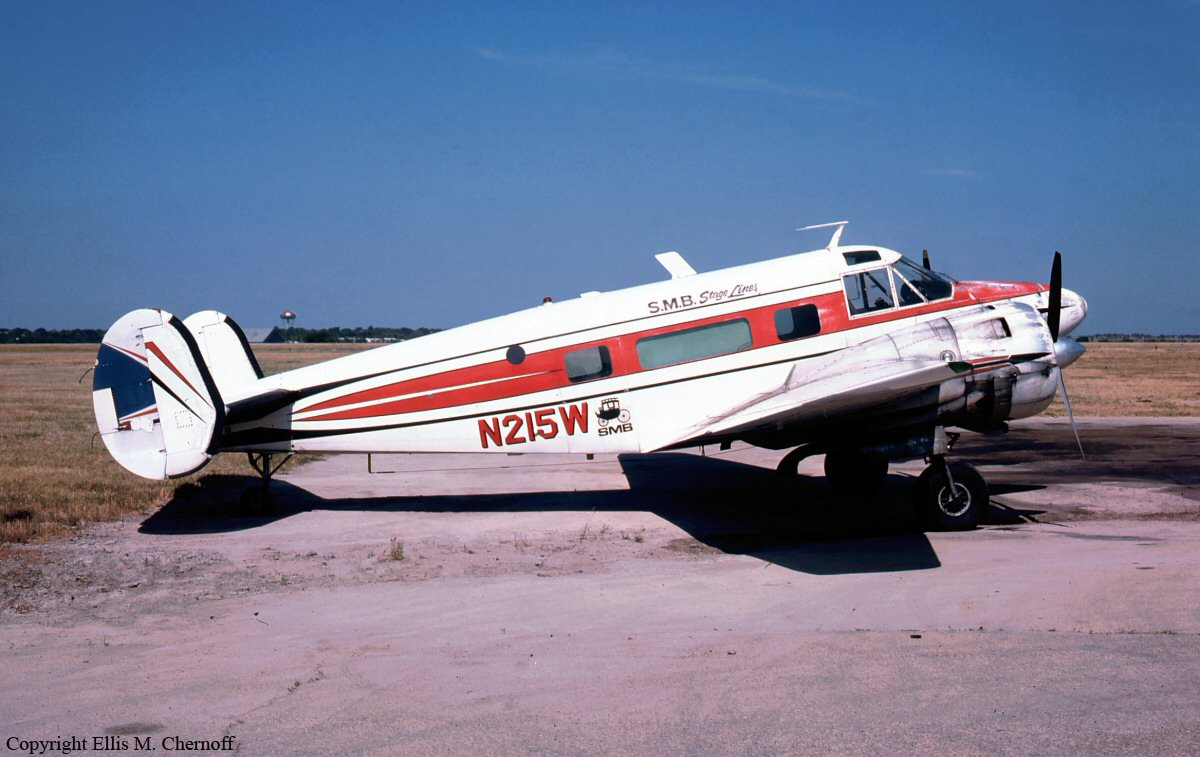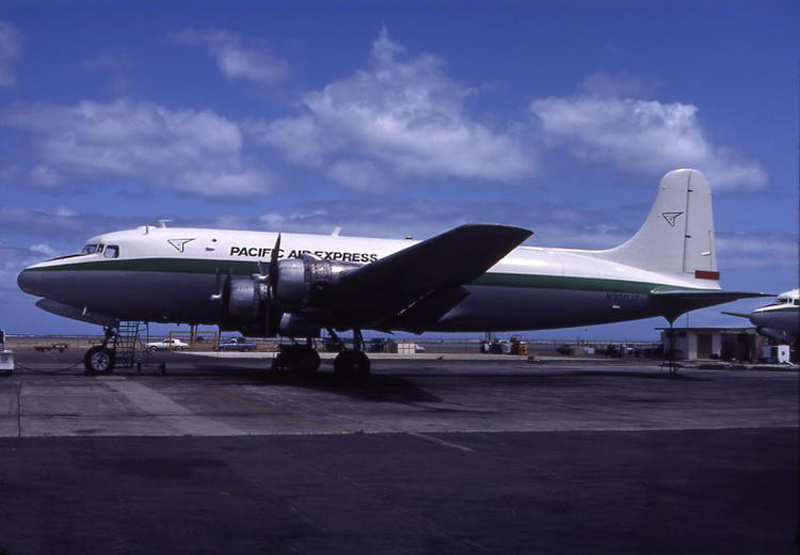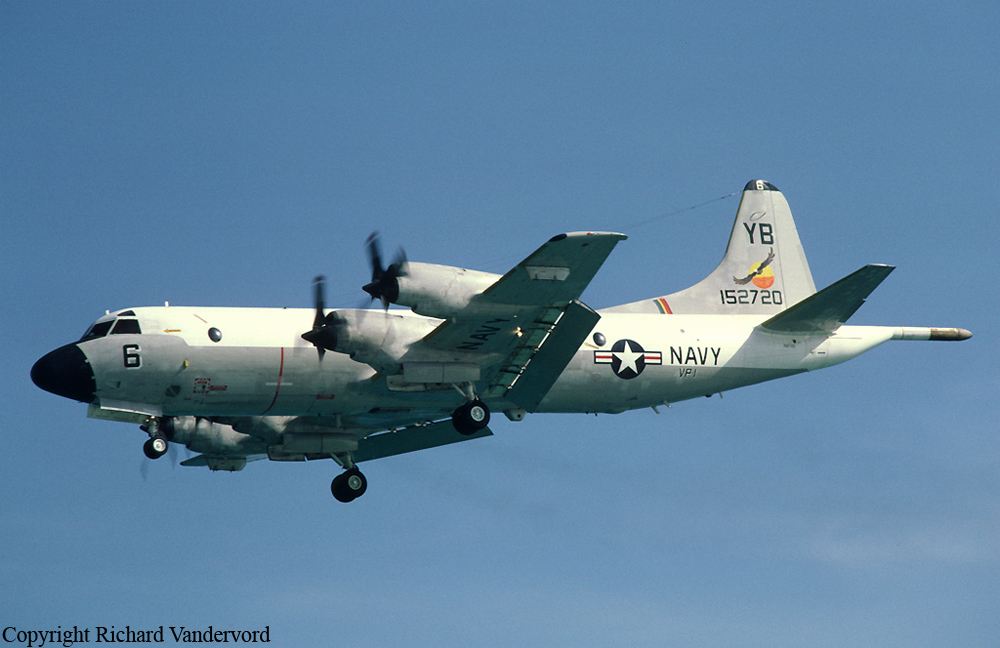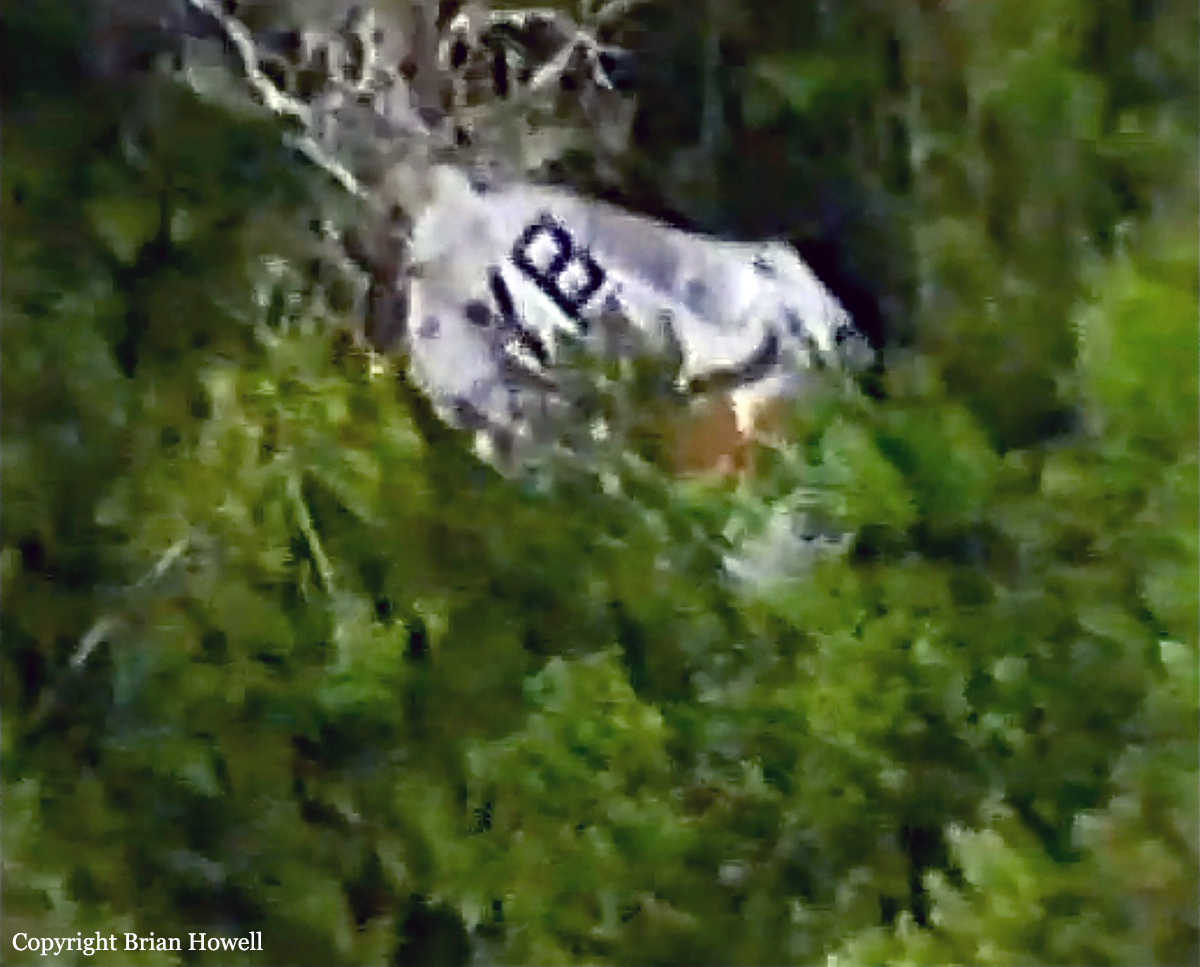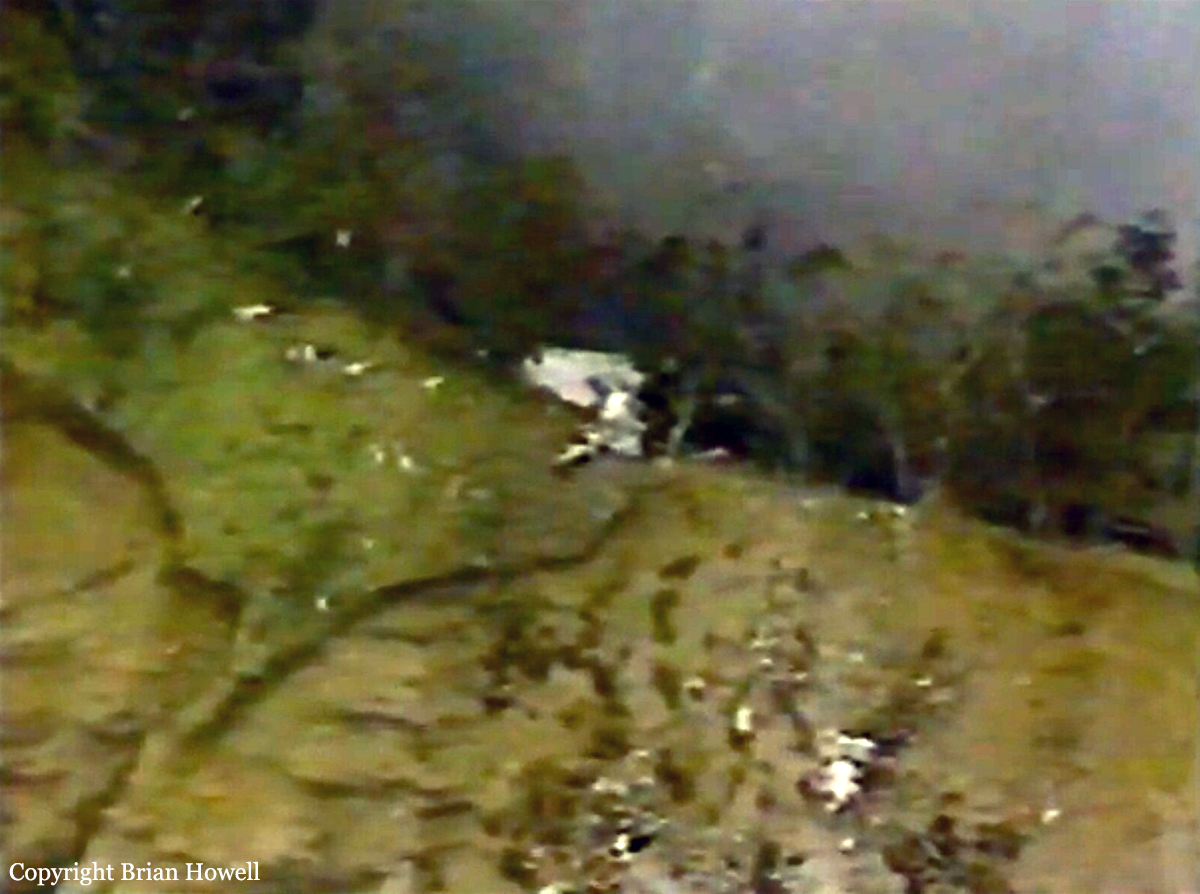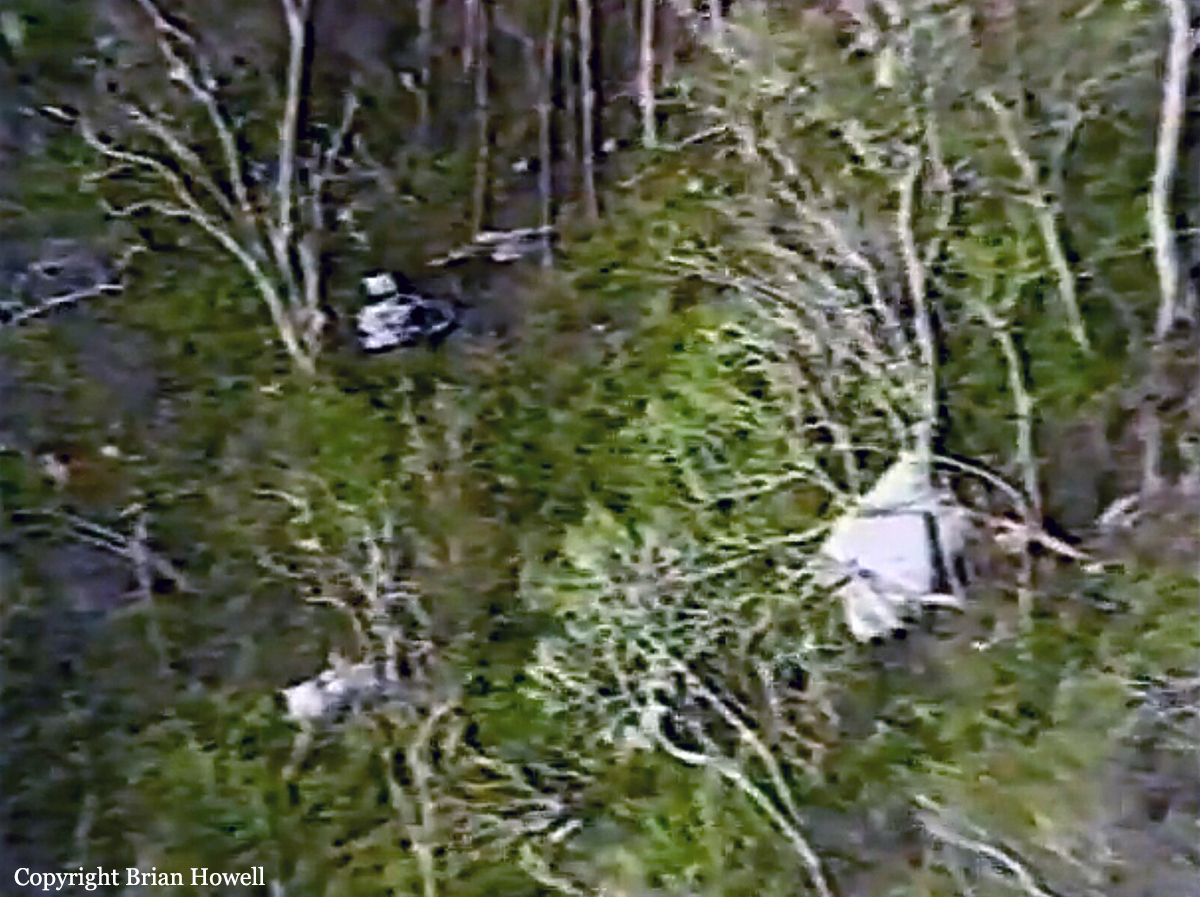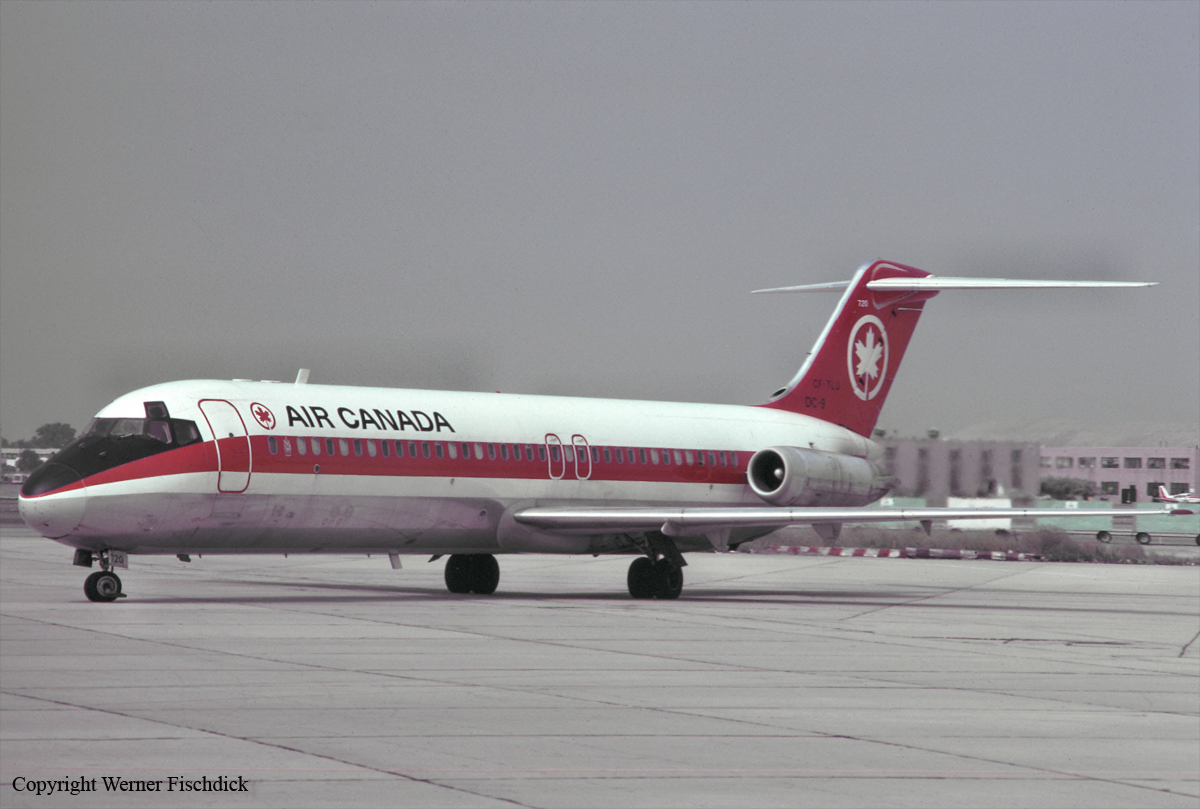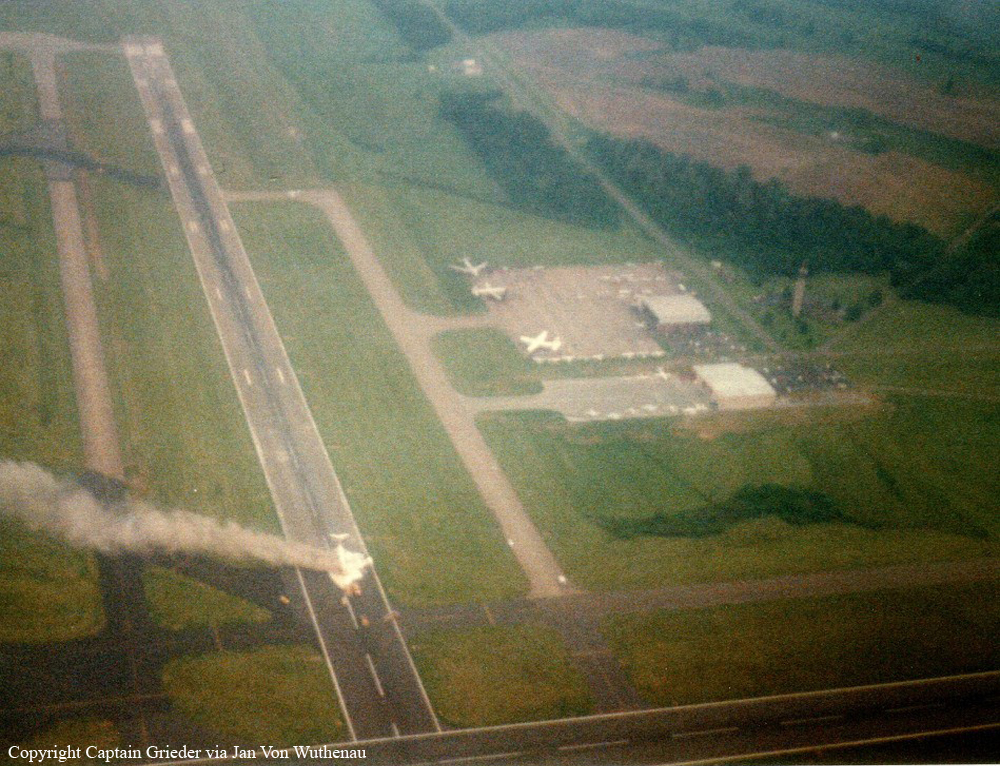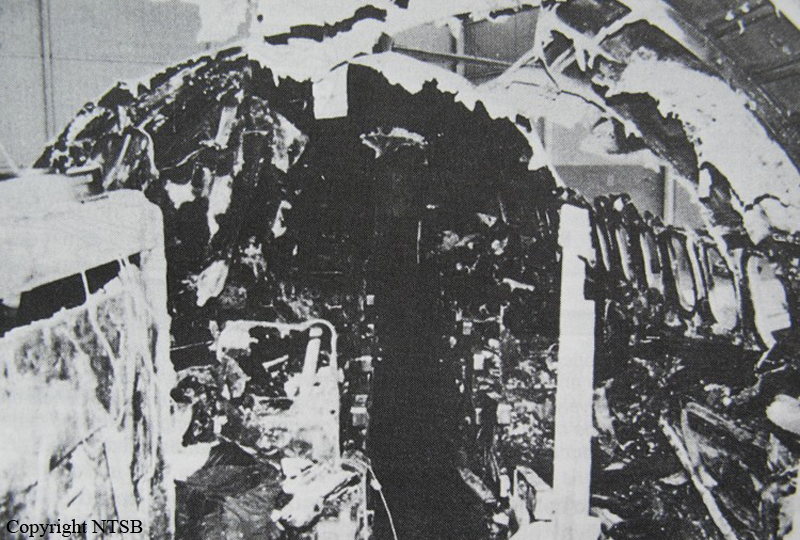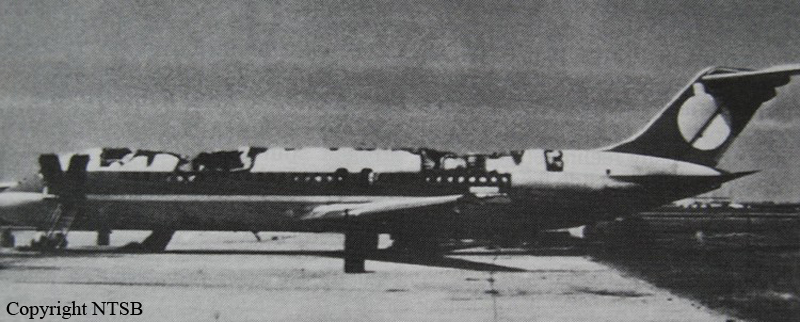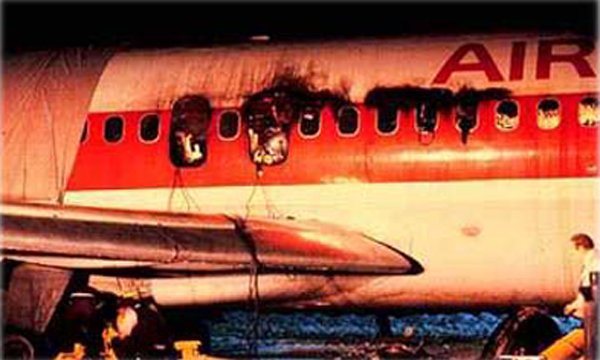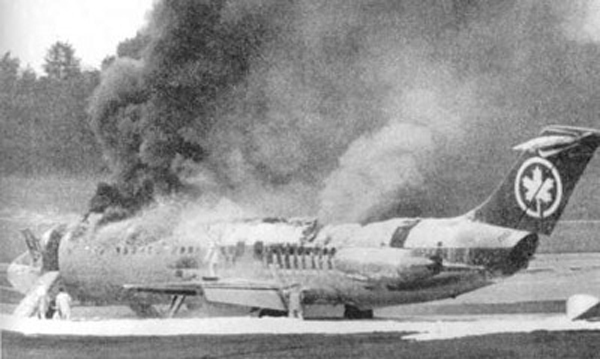Crash of a Beechcraft G18s near Keyser: 1 killed
Date & Time:
Jun 30, 1983 at 1030 LT
Registration:
N215W
Survivors:
No
Schedule:
Winchester - Iowa City
MSN:
BA-581
YOM:
1961
Crew on board:
1
Crew fatalities:
Pax on board:
0
Pax fatalities:
Other fatalities:
Total fatalities:
1
Captain / Total hours on type:
4000.00
Aircraft flight hours:
12686
Circumstances:
The manager of Blackhawk Airways had cleared the flight for a 1000 edt departure, but the actual takeoff time was not established. No record of a preflight weather briefing was found. However, during a telephone conversation prior to the flight, the pilot indicated to his manager that the clouds would be lower in the mountains. At approximately 1030, ground witnesses observed an aircraft, matching the description of N215W, circling beneath the clouds at Keyser, WV, then depart to the southwest. When the aircraft did not arrive at its destination, a search was begun. It was found where it had impacted rising terrain approximately 6 miles southwest of Keyser. The impact occurred on a 26° slope, at approximately the 3,000 feet level, just below a 3104 feet peak. The aircraft was climbing when it impacted wooded terrain. A pilot/mechanical, who operated an airport approximately 3 miles southeast of Keyser, reported there was fog in the morning hours with a ceiling of about 2,000 feet until midday and that the mountain tops in the vicinity of the crash site were obscured. The pilot, sole on board, was killed.
Probable cause:
Occurrence #1: in flight encounter with weather
Phase of operation: cruise - normal
Findings
1. (f) preflight planning/preparation - inadequate - pilot in command
2. (f) terrain condition - high terrain
3. (f) weather condition - clouds
4. (f) weather condition - low ceiling
5. (f) weather condition - fog
6. (c) VFR flight into IMC - continued - pilot in command
----------
Occurrence #2: in flight collision with terrain/water
Phase of operation: climb
Findings
7. (f) terrain condition - mountainous/hilly
8. (f) terrain condition - rising
Phase of operation: cruise - normal
Findings
1. (f) preflight planning/preparation - inadequate - pilot in command
2. (f) terrain condition - high terrain
3. (f) weather condition - clouds
4. (f) weather condition - low ceiling
5. (f) weather condition - fog
6. (c) VFR flight into IMC - continued - pilot in command
----------
Occurrence #2: in flight collision with terrain/water
Phase of operation: climb
Findings
7. (f) terrain condition - mountainous/hilly
8. (f) terrain condition - rising
Final Report:
